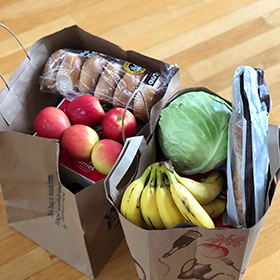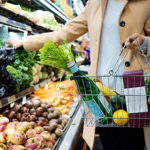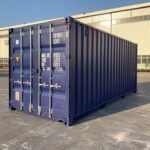Home Delivery: A Weapon to Gain Customer Trust

Home delivery has become the battleground for a merciless war among physical retailers, each vying with initiatives. While not all are applicable to your stores and many have yet to prove their profitability, it’s important to be aware of them as this service has become indispensable and is no longer reserved for major cities or the elderly but pertains to the entire population.
Your favorite purchasing center reveals to you today the secrets of these innovations. Perhaps one day, it’s your current customers who will receive our private label “Belle France” (and if they’re true food enthusiasts, the delights of Belle France) directly at their doorstep?
Increasingly High Customer Expectations
Desire for speed and personalized service: in summary, these are the increasingly strong expectations of customers. In large cities where they chase after time, in villages where the desertion of nearby services becomes problematic, and in suburbs where numerous housing developments populated by active households that return late are flourishing.
Ever faster delivery is part of the current trend where customers want to be able to do everything and have everything immediately, reinforced by the widespread use of mobile devices.
And because people aren’t always at home, new distribution methods have entered the range of options: pick-up from automated lockers, relay points, or post offices.
The most common formulas today
Free delivery
Often linked to an order through a website, usually for purchases over 50 euros, it comes with a payment option at home using a POS terminal.
Collaborative Delivery
Carried out by a network of external service providers, such as Stuart, Coursier privé, Colisweb, or Deliveroo, who provide a management software to the store, an application for individuals, and offer various modes of transportation: on foot, by bicycle, with cargo bicycles, or with vans for larger volumes, with costs ranging from 6 to 30 euros.
Chronofresh
Formula offered by La Poste, gaining traction in the delivery of fresh products.
The Shop&Give
Not only does the store deliver to the customer, but it also offers to collect used batteries or light bulbs, as well as grocery or fresh items that haven’t expired and are no longer needed. This service can extend to toys and household items as well.
The In-Store Counter
The customer leaves their cart at the store’s service counter and selects a time slot.




